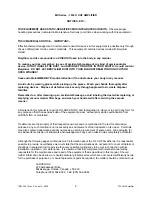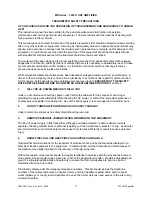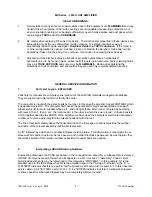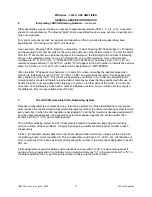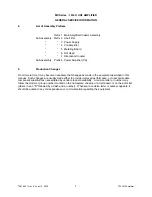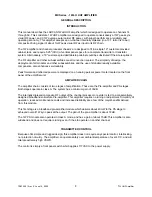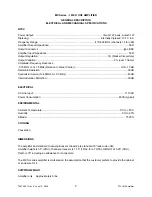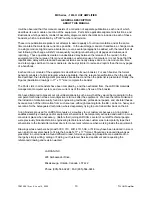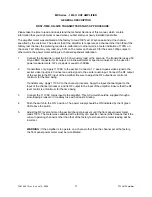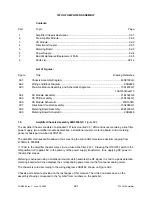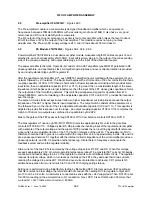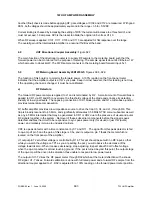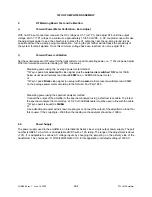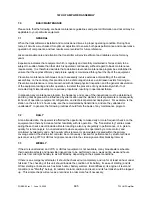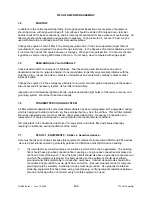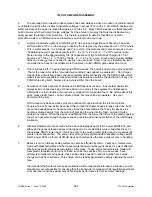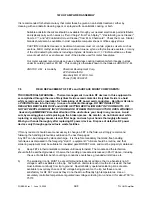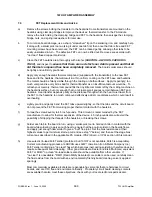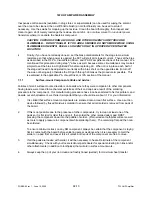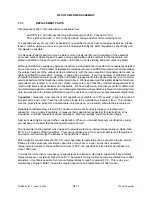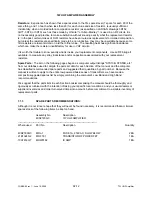
1W UHF AMPLIFIER ASSEMBLY
PUB99-92 rev 1: June 19, 2000
92-4
1
W UHF Amplifier
2.
RF Metering Board Test and Calibration:
a)
Forward Power Meter Calibration - Zero Adjust
With no RF input connected, measure the DC voltage at U1-7 (or TP1) and adjust R18 until the output
voltage at U1-7 (TP1) drops to a minimum, approximately 10 to 50 mVDC. A DC coupled scope will make
the adjustment easier to see; the objective is to place the U1 output as near the op-amp ground rail as
possible without the op-amp going into saturation. Turning the pot farther will decrease the sensitivity of
the system for small signals. Once this minimum voltage has been reached, do not re-adjust R18.
b)
Forward Power calibration
Set the exciter/processor RF output for the transmitter to run at its operating power, i.e., *1W sync peak. Adjust
R32 for a forward power meter reading of 100% (top scale).
Measuring power using the `average’ power meter method:
*1W sync peak: A
mod-ramp
80 video signal plus the
aural carrier switched `ON’
set at 10dB
below visual would normally read about
0.59W
on an `AVERAGE power meter’.
or
*1W sync peak:
Black
video signal (no setup) with
no aural
carrier present would also read 0.59W
on the average power meter according to the formula: Pav=Psp/1.685.
Measuring power using the spectrum analyzer method:
Connect the output of the amplifier to the spectrum analyzer using a short low loss cable. To protect
the spectrum analyzer from overdrive, a 10, 20 or 30dB attenuator must be used in line with the cable.
*1W sync peak is equal to
+30dBm
.
or
Use a directional coupler with a known coupling level. Connect the output of the amplifier to a load thru
this coupler. If the coupling is –20db then the reading on the analyzer should be +10dbm.
6.0. Power
Supply:
The power supply used in the amplifier is an International Series Linear, single output power supply. The part
number is HB24-1.2-A which is an adjustable 24VDC with a 1.2A rating. The range of the adjustment is about
±
10%. It is adaptable to various AC voltage inputs by changing the jumpering on the primary side of the
transformer. The choices are: 110/120/220/230/240 VAC. In this application, its default setting is 120VAC.

